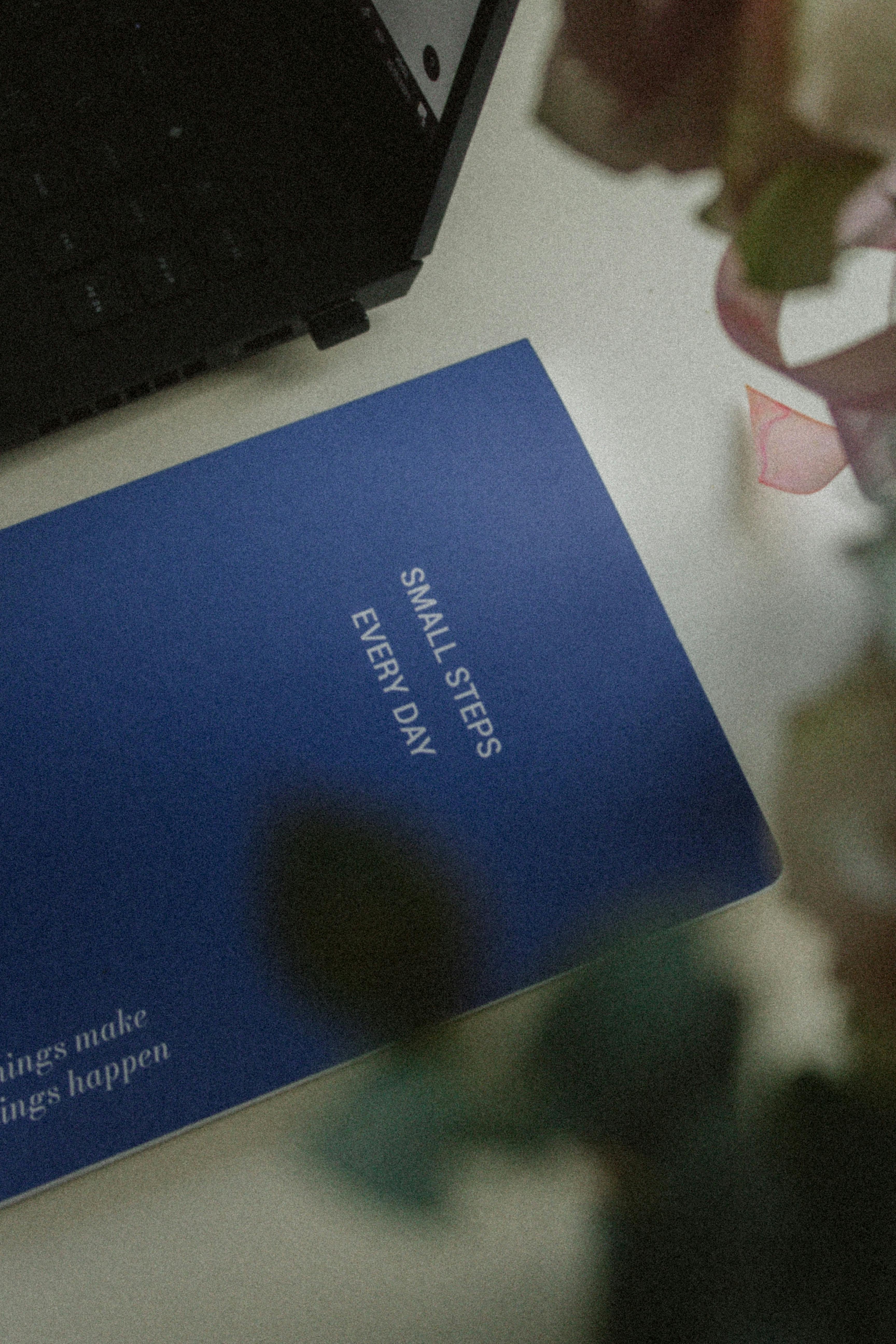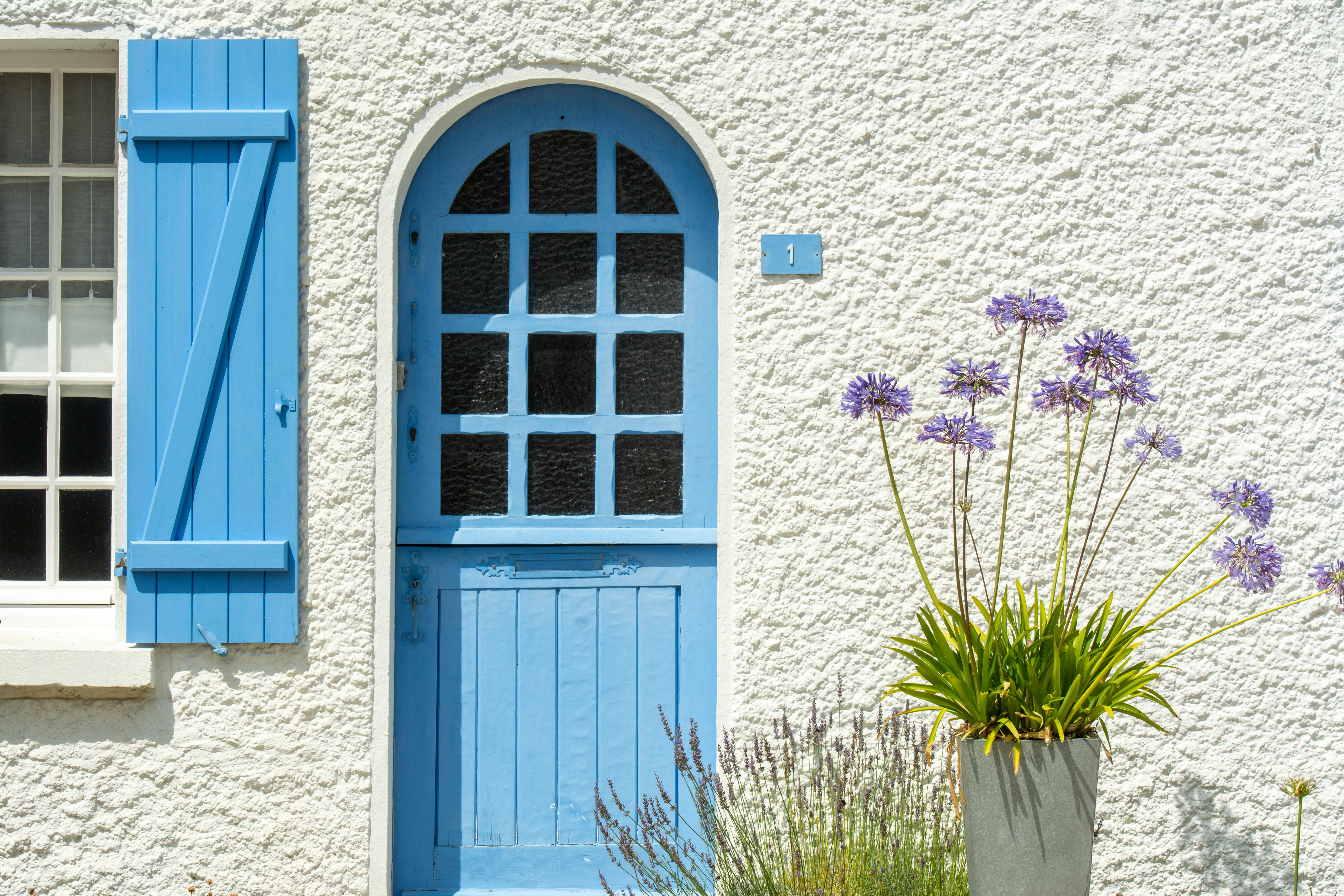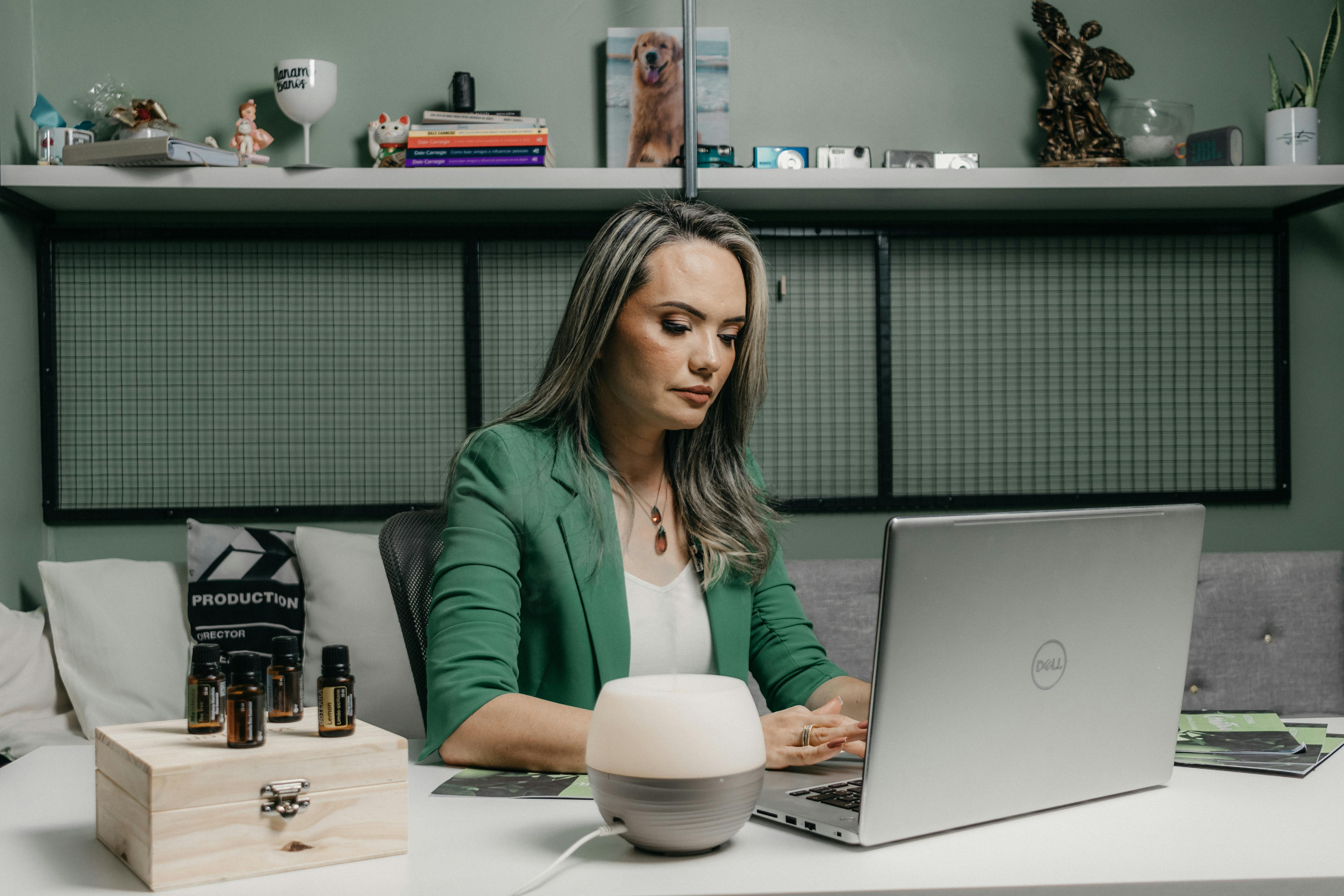If you’ve ever noticed unsightly bubbles or blisters forming on your freshly painted walls or furniture, don’t fret! In this helpful article, we will guide you through the simple steps to fix those pesky paint bubbles. From identifying the cause of the problem to providing easy solutions, we’ve got you covered. So grab your paintbrush and get ready to bid farewell to those bothersome bubbles.
Overview of Paint Bubbles or Blisters
Definition and Causes
Paint bubbles or blisters refer to the unsightly bumps or raised areas that can appear on a painted surface. They occur when trapped moisture, heat, or air pockets cause the paint film to separate from the underlying surface. Various factors can contribute to the formation of paint bubbles, including improper surface preparation, excessive moisture, incompatible paint or primer, and environmental conditions.
Effects on the Paint Finish
The presence of paint bubbles can significantly detract from the overall appearance of a painted surface. Not only do they create an uneven texture, but they can also lead to more severe issues such as cracking or peeling if left untreated. It is essential to address paint bubbles promptly to ensure a professional and long-lasting finish.
Signs of Paint Bubbles or Blisters
Detecting paint bubbles early on is crucial for effective repair. Look out for the following signs:
- Raised or blistered areas on the painted surface.
- Visible cracks or splits in the paint film.
- Soft or spongy texture when pressed lightly.
- Loss of adhesion between the paint and the underlying surface.
- Peeling or flaking paint in the vicinity of the paint bubbles.
Preparation for Repair
Gather Necessary Tools and Materials
Before embarking on the repair process, gather the following tools and materials:
- Safety goggles and gloves to protect yourself.
- Scraper or putty knife for removing the damaged paint.
- Sandpaper or sanding block to smooth the surface.
- Filler or spackle for filling and leveling the area.
- Primer, matched to the paint type and finish.
- Paintbrushes or rollers for applying fresh paint.
- Drop cloths or plastic sheets to protect surrounding areas.
- Masking tape to ensure clean edges.
By having these items readily available, you can streamline the repair process and achieve better results.
Assess the Extent of the Damage
Before initiating any repairs, it is essential to assess the extent of the paint damage. Carefully examine the affected area to determine the size and severity of the paint bubbles or blisters. This evaluation will help you determine the appropriate repair techniques and materials to use.
Ensure Proper Ventilation and Safety Measures
Repairing paint bubbles may involve the use of chemical products and sanding, which can release dust particles. Therefore, it is crucial to work in a well-ventilated area. If possible, open windows and doors to allow for proper airflow. Additionally, wear safety goggles and gloves to protect yourself from airborne particles and chemicals.

Step-by-Step Repair Process
Now that you have gathered the necessary tools and assessed the damage, it’s time to proceed with the repair process. Follow these steps for effective results:
1. Remove Damaged Paint
Using a scraper or putty knife, carefully remove the damaged paint by gently scraping away the blistered or bubbled areas. Take care not to damage the underlying surface during this process. Be thorough and ensure that all loose or peeling paint is removed.
2. Sand and Smooth the Surface
After the damaged paint has been removed, use sandpaper or a sanding block to smooth the surface. Sand in a circular motion, applying light pressure to feather out the edges of the remaining paint. This step helps to create a smooth and seamless transition between the repaired area and the surrounding paint.
3. Fill and Level the Area
Apply a high-quality filler or spackle to fill in the depressions left by the removed paint. Use a putty knife to spread the filler evenly and level it with the surrounding surface. Allow the filler to dry completely according to the manufacturer’s instructions.
4. Prime the Repaired Surface
To ensure proper adhesion and a seamless finish, apply a suitable primer to the repaired area. Choose a primer that is compatible with the type of paint you will be using. Apply the primer evenly with a paintbrush or roller, extending it slightly beyond the repaired section. Allow the primer to dry completely before proceeding.
5. Apply Fresh Paint
Once the primer is dry, it’s time to apply fresh paint to the repaired area. Use a paintbrush or roller to evenly apply the paint, feathering it out to blend with the surrounding surface. Apply multiple thin coats if necessary, allowing sufficient drying time between each coat. Follow the manufacturer’s instructions for proper application techniques and drying times.
6. Allow Sufficient Drying Time
After applying the final coat of paint, allow sufficient drying time before assessing the result. Follow the recommendations provided by the paint manufacturer, as drying times can vary depending on the type of paint used and environmental conditions. Rushing the drying process can compromise the quality of the finish and increase the risk of future paint issues.
7. Assess the Result and Make Touch-Ups if Needed
Once the paint is fully dry, carefully inspect the repaired area. Assess the overall result and determine if any touch-ups are necessary. If you notice any inconsistencies or imperfections, lightly sand the area and apply a small amount of touch-up paint using a brush or roller. Blend the touch-up paint with the surrounding surface, ensuring a seamless finish.
Tips and Tricks
Identifying Underlying Causes
To prevent future paint bubbles or blisters, it is crucial to identify and address the underlying causes. Evaluate the environment and conditions in which the paint issue occurred. Was there excessive moisture? Was the surface properly prepared? By understanding the root causes, you can take preventive measures to avoid similar problems in the future.
Choosing the Right Paint and Primer
Selecting the right paint and primer is essential for achieving a durable and attractive finish. Consider the type of surface you are painting and choose a paint and primer specifically formulated for that surface. Additionally, ensure compatibility between the paint and primer to avoid any potential adhesion issues.
Applying Proper Techniques
Proper application techniques play a significant role in preventing paint bubbles or blisters. Follow the manufacturer’s instructions regarding paint mixing, dilution, and application methods. Use smooth and even strokes when applying the paint, and avoid excessive brush pressure that can trap air bubbles.
Avoiding Future Paint Bubbles or Blisters
To prevent paint bubbles or blisters from occurring in the future, consider the following preventive measures:
- Thoroughly clean and dry the surface before painting.
- Remove any loose or flaking paint before applying a fresh coat.
- Use a high-quality primer to provide a suitable bond between the surface and the paint.
- Apply paint in suitable weather conditions, avoiding extreme temperatures or high humidity.
- Store paint and related materials in a cool, dry place to prevent degradation.
- Ensure adequate ventilation during and after painting to allow moisture to escape.

Seeking Professional Help
When DIY Repairs are not Feasible
In some cases, DIY repairs may not be feasible or advisable. If you encounter extensive paint damage, lack confidence in your repair skills, or have other time constraints, it may be best to seek professional help. Professional painters have the expertise and experience to handle complex or challenging paint issues efficiently.
Consulting with Expert Painters
If you are unsure about the cause of the paint bubbles or blisters or need guidance on the repair process, consider consulting with expert painters. They can assess your specific situation, provide tailored advice, and recommend the most appropriate course of action. Seeking professional guidance can save time, money, and frustration in the long run.
Preventing Paint Bubbles or Blisters
Surface Preparation
Proper surface preparation is crucial for preventing paint bubbles or blisters. Clean the surface thoroughly to remove dirt, grease, and any loose paint. Ensure the surface is dry before applying primer or paint. Additionally, sand rough areas and repair any cracks or imperfections before proceeding with painting.
Proper Paint Storage and Handling
Store paint and related materials properly to maintain their quality. Close containers tightly and keep them in a cool, dry place away from extreme temperatures. Avoid exposing paint to excessive heat, as it can adversely affect its consistency and performance. When handling paint, follow the manufacturer’s instructions for use and storage.
Avoiding Excessive Moisture
Excessive moisture can lead to paint adhesion issues and the formation of bubbles or blisters. Avoid painting in high humidity or rainy conditions, as moisture in the air can interfere with the drying process. Additionally, address any water leaks or condensation issues in the area before applying paint.
Maintaining Proper Ventilation
Proper ventilation is essential during the painting process and afterward to prevent the accumulation of moisture. Ensure sufficient airflow by opening windows and doors, using fans, or employing dehumidifiers if needed. Adequate ventilation helps expedite the drying process and reduces the risk of paint bubbles or blisters.

Common Mistakes to Avoid
Rushing the Repair Process
When it comes to repairing paint bubbles or blisters, patience is key. Rushing the repair process can result in subpar results and may lead to the reoccurrence of paint issues. Take the time to properly remove the damaged paint, smooth the surface, apply filler, and allow sufficient drying time before proceeding with priming and painting.
Neglecting Surface Cleaning and Sanding
Failing to clean the surface thoroughly and neglecting sanding can compromise the paint adhesion and contribute to the formation of paint bubbles or blisters. Take the time to remove dirt, grease, and loose paint, and ensure the surface is smooth and free from imperfections before proceeding with repairs.
Applying Paint in Unsuitable Weather Conditions
Painting in unsuitable weather conditions, such as extreme temperatures or high humidity, can negatively impact the drying process and overall finish. Avoid painting when the temperature is too hot or cold, as it can affect the paint’s consistency and adhesion. Additionally, high humidity can prolong drying times and increase the risk of moisture-related issues.
Using Incompatible Paint or Primer
Using incompatible paint or primer can lead to poor adhesion and the formation of paint bubbles or blisters. Ensure that the paint and primer you use are specifically formulated for the type of surface you are painting. Consult the manufacturer’s recommendations and select products that are compatible with each other for optimal results.
Conclusion
Correcting paint bubbles or blisters is essential for achieving a professional and long-lasting finish. By following the step-by-step repair process, identifying underlying causes, and implementing preventive measures, you can minimize the occurrence of paint issues. However, in complex situations or when in doubt, seeking professional help or guidance from expert painters is a wise decision. Remember to take the time for proper surface preparation, apply paint in suitable conditions, and handle materials with care to ensure a flawless paint job that will stand the test of time.

